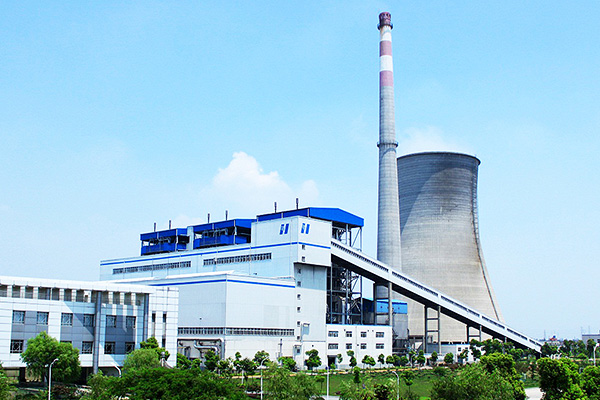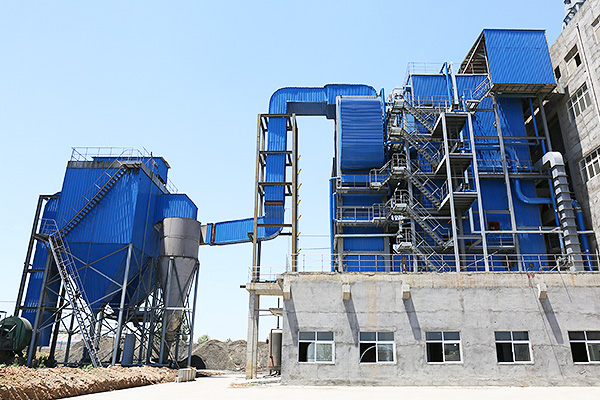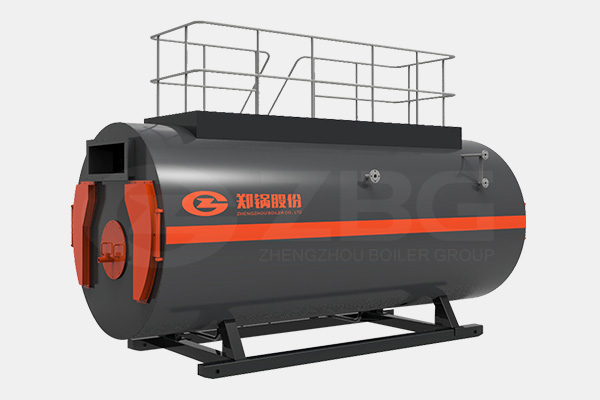What is Biomass Conversion
As biomass is a natural material, many highly efficient biochemical processes have developed in nature to break down the molecules of which biomass is composed, and many of these biochemical conversion processes can be harnessed.

Biochemical conversion makes use of the enzymes of bacteria and other microorganisms to break down biomass into gaseous or liquid fuels, such a biogas or bioethanol. Biomass conversion process: gasification, CHP, anaerobic digestion, pyrolysis and so on.
Gasification
Gasification is a process that converts carbonaceous materials such as biomass into carbon monoxide and hydrogen by reacting the raw material at high temperatures with a controlled amount of oxygen and/or steam. The resulting gas mixture is called synthesis gas or “syngas.”
CHP
Combined heat and power (CHP), also known as cogeneration, is an efficient, clean, and reliable approach to generating power and thermal energy from biomass. By installing a CHP system designed to meet the thermal and electrical base loads of a facility, CHP can greatly increase the facility's operational efficiency and decrease energy costs. At the same time, CHP reduces the emission of greenhouse gases, which contribute to global climate change.
Anaerobic Digestion
Anaerobic digestion is a series of processes in which microorganisms break down biodegradable material in the absence of oxygen. It is widely used to treat wastewater sludges and organic wastes because, in addition to producing biogas, it provides volume and mass reduction of the input material.
Pyrolysis
Pyrolysis is a thermal decomposition process that occurs at moderate temperatures with a high heat transfer rate to the biomass particles and a short hot vapor residence time in the reaction zone. Fast pyrolysis of biomass produces a liquid product, pyrolysis oil or bio-oil that can be readily stored and transported.




